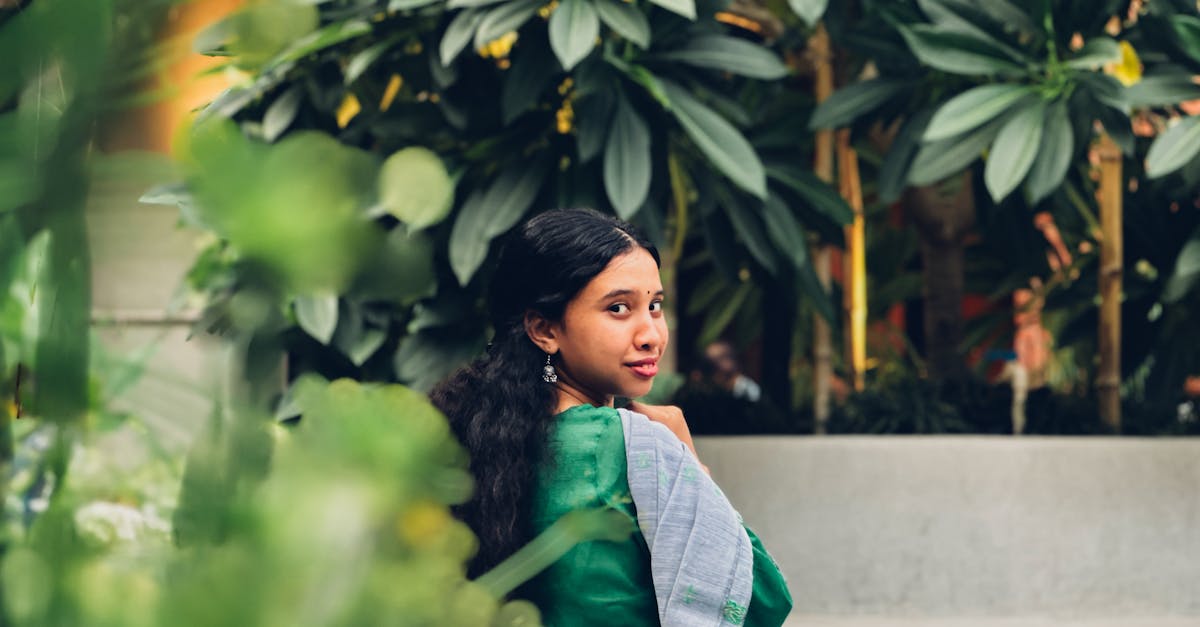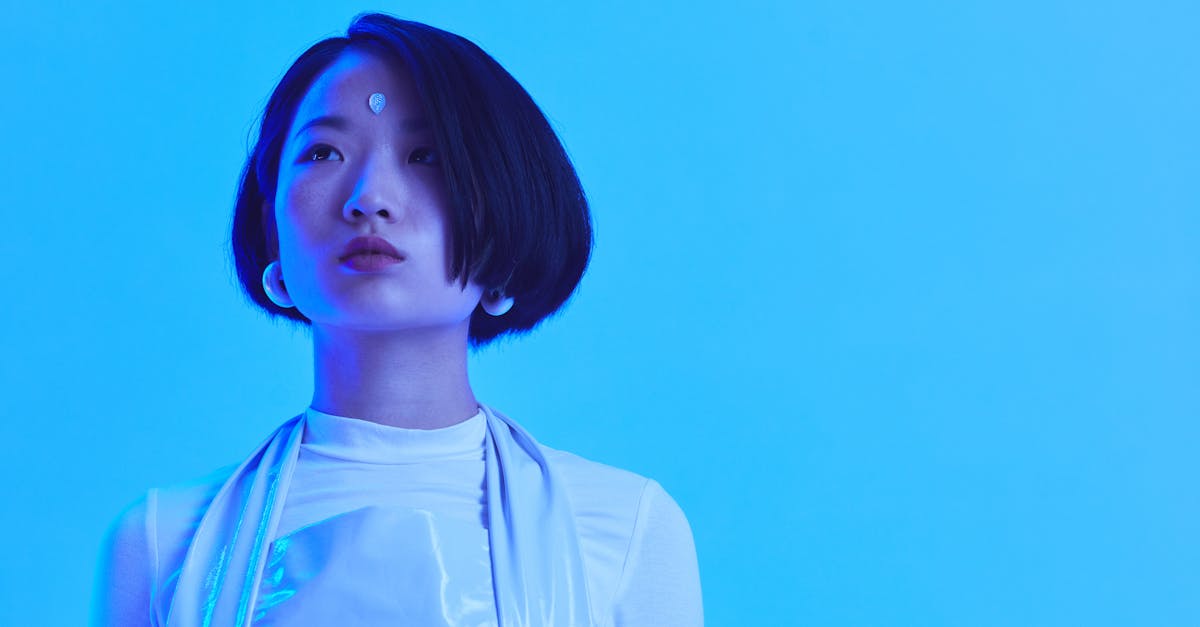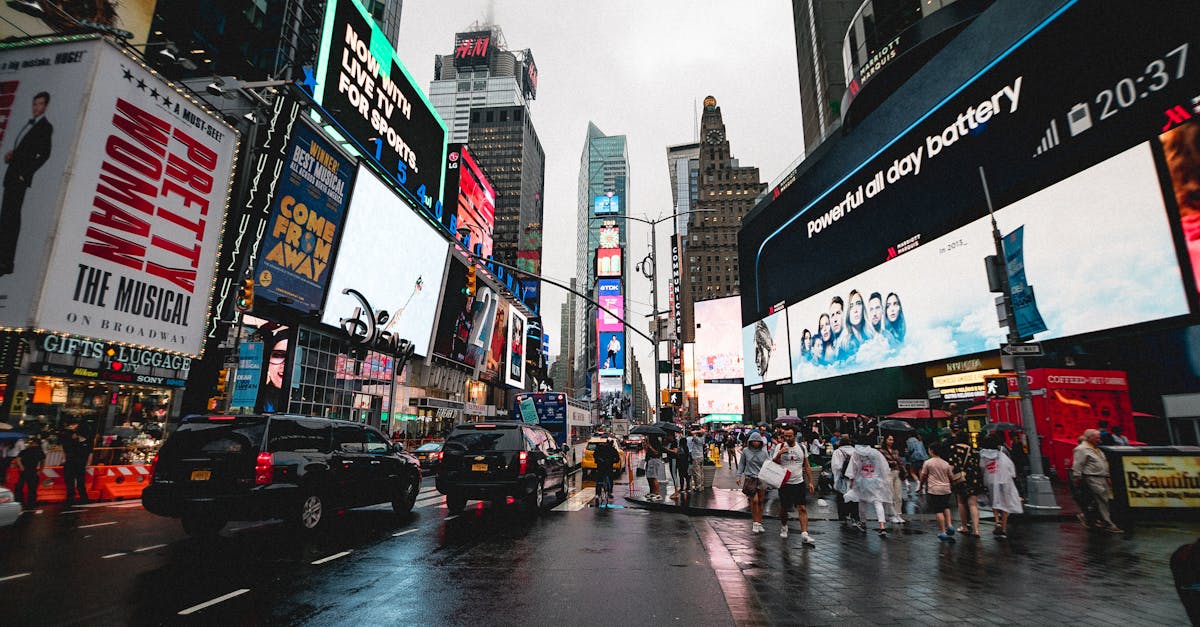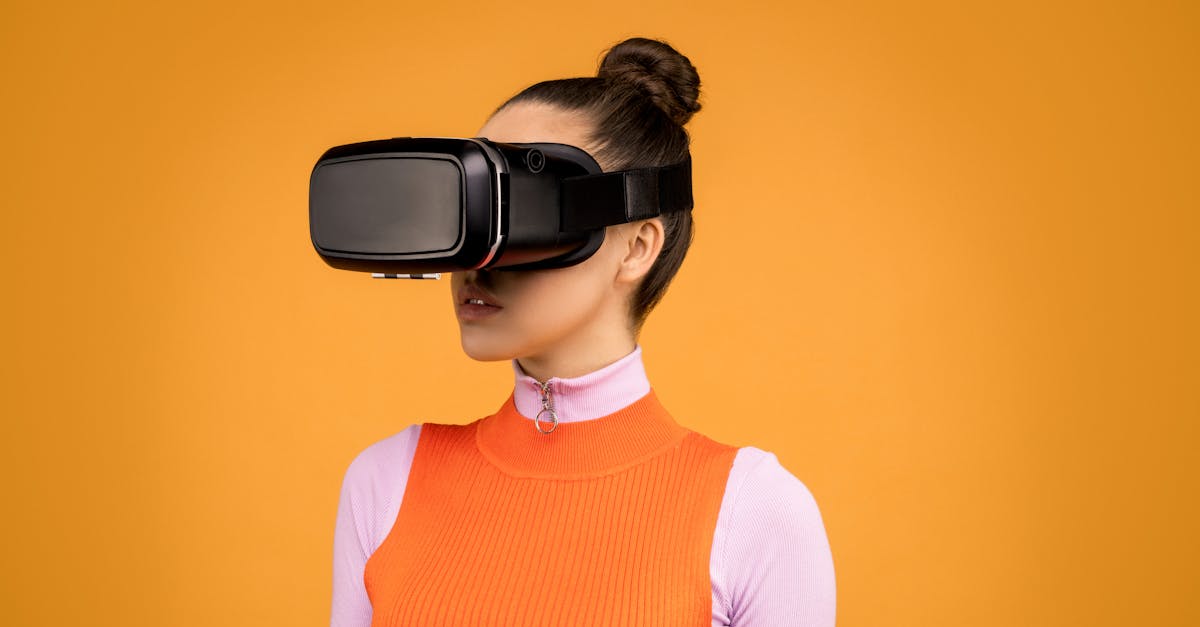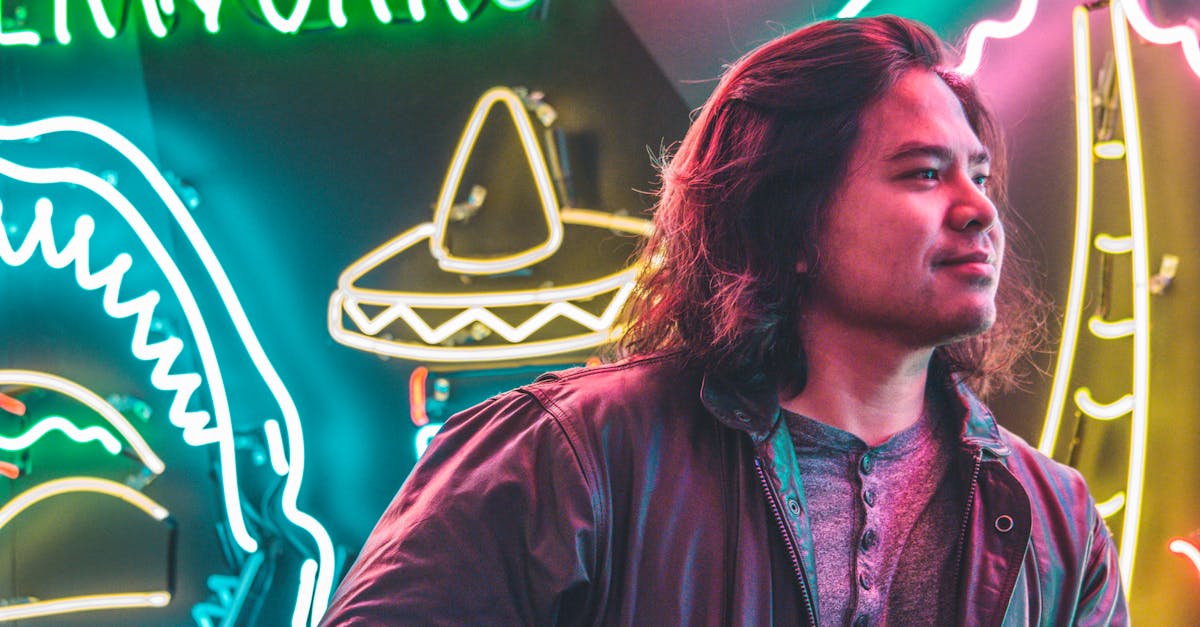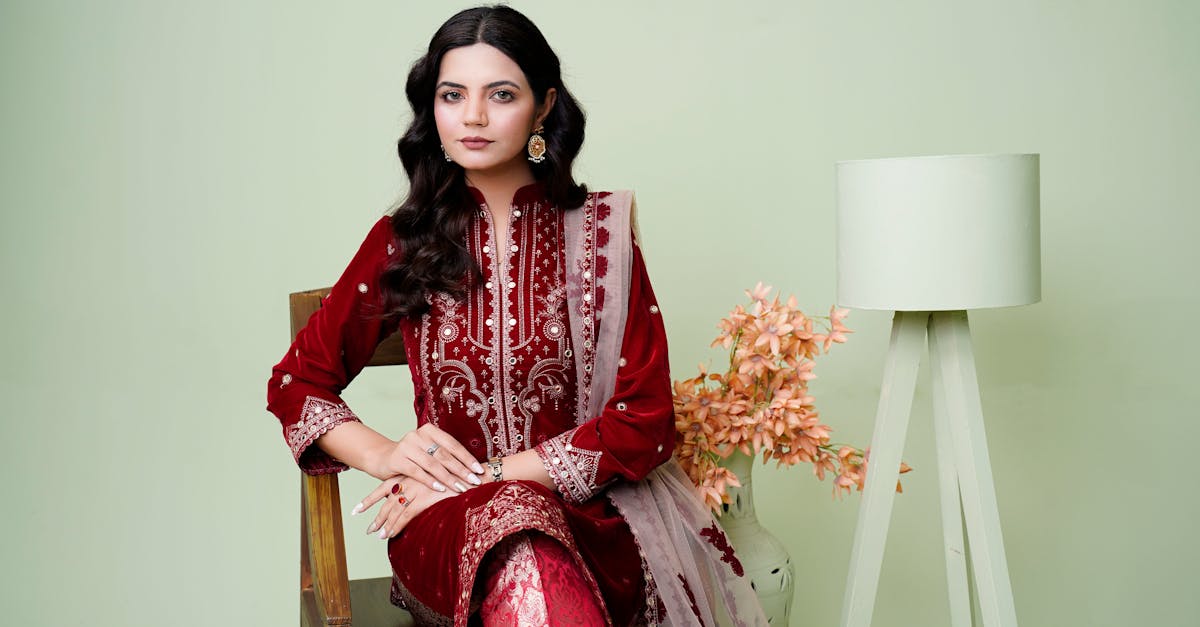Fashion Futures In Focus: Trends Transforming the Industry
Introduction
The fashion industry is peering into the future with a keen eye on emerging trends and technological innovations that are set to transform the landscape. While some timeless classics continue to hold their charm, groundbreaking changes are paving the way for a dynamic evolution in style and wearability. In 2024, the realm of fashion stands as a testament to human creativity and technological advancement. With sustainability, personalization, and digital fashion capturing headlines, it's clear the industry is shifting gears rapidly. What lies ahead in the world of fashion? This article delves into the exciting developments heralding the future. From eco-friendly materials to virtual fashion shows, the fashion sphere is evolving, embracing change to meet the needs of a tech-savvy world.
Advertisement
Sustainable Fashion Takes Center Stage
As the world becomes increasingly environmentally conscious, the fashion industry is experiencing a sustainable revolution. Eco-friendly materials, like organic cotton, recycled polyester, and bio-fabricated textiles, are no longer niche but mainstream. Sustainable practices, such as circular fashion, encourage a system where clothes are designed to be reused and recycled. Brands are turning to innovative materials like algae leather and mushroom mycelium to replace traditional leather. Additionally, there's a growing demand for transparency, prompting brands to disclose supply chain information. These changes mark a significant shift in how fashion is produced and consumed, emphasizing longevity over fast trends.
Advertisement
Technology Meets Fashion: Wearable Tech
Innovation is at the forefront, with technology blending seamlessly with fashion, resulting in wearables that are both stylish and functional. Smart fabrics embedded with sensors can monitor health metrics like heart rate and temperature. Fashion houses are experimenting with smart textiles that change color or texture on command, offering personalization and adaptability. Augmented Reality (AR) dressing rooms allow consumers to try on garments virtually. Collaborations between tech giants and fashion brands are producing everything from self-styling clothes to tech-integrated accessories. As technology continues to penetrate fabric, fashion becomes a more intimate and interactive experience.
Advertisement
Digital Fashion Revolution
The virtual world is extending its reach into fashion, where digital clothing exists solely online. Brands are creating digital-only collections that are worn in virtual spaces, catering to a clientele keen on exclusivity. Online gaming platforms have developed into important fashion stages, with avatars dressed in luxury brands. These digital pieces, impervious to the constraints of physical materials, allow for unprecedented creativity in design. The rise of NFTs (Non-Fungible Tokens) in fashion enables collectors to own unique digital outfits. As the metaverse expands, digital fashion is set to become a staple of modern wardrobes.
Advertisement
Personalization and Customization
With the rise of data-driven fashion, brands are offering unprecedented levels of personalization. AI algorithms evaluate consumer preferences to suggest tailored pieces, while 3D printing allows for bespoke designs. Customers can now have clothing items customized with specific patterns, cuts, or functionalities, catering to individual tastes. These personalized experiences elevate customer satisfaction and foster stronger brand loyalty. As consumers demand clothing that resonates with their unique identity, personalization becomes central to brand strategy in the fashion industry of the future.
Advertisement
The Rise of Second-Hand Fashion
The pre-loved fashion market is booming, offering a sustainable and cost-effective alternative to new purchases. Second-hand platforms like Depop, Thredup, and Poshmark have seen exponential growth, driven by Millennials and Gen Z. Vintage garments bring a sense of heritage, while upcycling old pieces adds contemporary flair. Fashion-forward individuals are keen to thrift, mix, and match, finding value in past wardrobes. Retailers are capitalizing on this trend by launching their second-hand lines, making fashion both sustainable and financially accessible. As the stigma around second-hand shopping fades, preloved fashion solidifies its place in mainstream culture.
Advertisement
Social Media Influence and Fashion
In the age of social media, influencers wield immense power in shaping fashion trends. Platforms like Instagram and TikTok are style incubators, where trends are born and disseminated rapidly. Influencers collaborate with brands to introduce new styles, blurring the lines between advertising and personal expression. Virality becomes a currency, propelling certain pieces to cult status. The real-time nature of social media enables brands to adapt swiftly to consumer feedback, ensuring relevance and engagement. This dynamic interaction between creators and followers continues to influence fashion direction, making social platforms essential to industry strategy.
Advertisement
Emerging Markets and Global Influence
As Western markets remain saturated, fashion brands are looking toward emerging markets in Asia, Africa, and South America for growth. These regions offer untapped potential, boasting youthful populations eager for new trends. Fashion houses are diversifying their collections to resonate with local cultures, incorporating traditional motifs and fabrics. The rise of local designers showcases unique fashion perspectives, blending global styles with regional aesthetics. Supporting artisanal crafts and sustainable practices, these markets are poised to leave a lasting imprint on global fashion narratives. As borders blur, the industry's canvas expands, offering rich, multicultural expressions.
Advertisement
Inclusive and Diverse Fashion
Diversity in fashion is now more than a movement; it's an essential industry standard. Brands are broadening their scope, focusing on inclusivity across all dimensions—size, gender, ethnicity, and disability. Extending size ranges and offering gender-neutral collections, they cater to previously underrepresented communities. Runways are celebrating diverse models, reshaping beauty norms and promoting body positivity. Fashion campaigns are becoming more reflective of the world, featuring a wide array of backgrounds and stories. As inclusivity deepens, the industry connects with a broader audience, empowering individuals to express themselves authentically.
Advertisement
Conclusion
The fashion industry is navigating a pivotal moment, marked by innovation, sustainability, and inclusivity. As technology integrates deeply into fashion, the boundaries of creativity and functionality continue to blur. Consumers are increasingly prioritizing ethics and personalization, reshaping how fashion is designed, worn, and perceived. The industry's landscape is evolving, with virtual fashion, sustainable practices, and global influences at its forefront. As fashion embraces the future, one certainty remains: it will continue to inspire and reflect societal shifts, weaving together the threads of culture, technology, and artistry. With these transformative trends, the future of fashion looks promising, heralding new opportunities for growth and expression.
Advertisement

